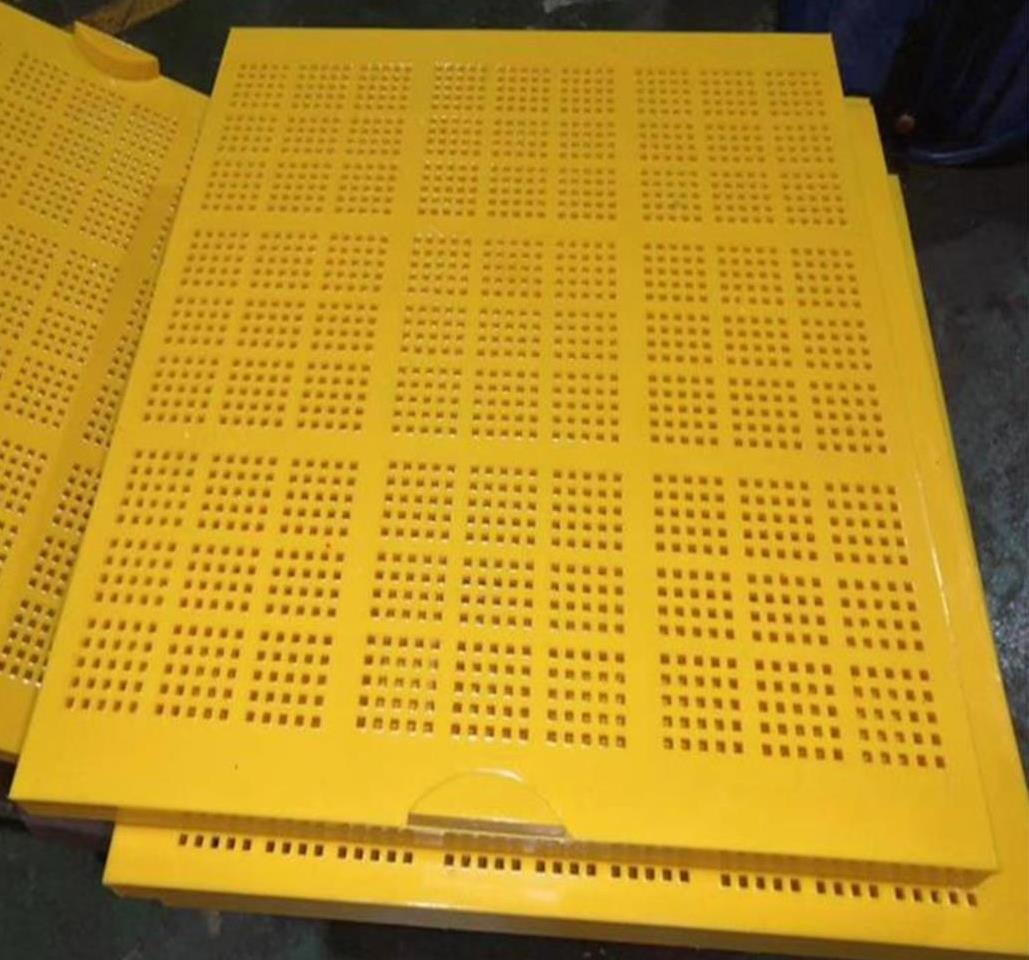Why is polyurethane mud screen the best choice for mud treatment?
Polyurethane screens for slurry are an essential component in industries that deal with wet material processing, such as mining, aggregate, and wastewater treatment
Polyurethane screens for slurry are an essential component in industries that deal with wet material processing, such as mining, aggregate, and wastewater treatment. Their high durability and resistance to abrasion make them ideal for handling slurries, where traditional metal screens often fail due to wear or clogging.

Polyurethane screens are designed to handle the challenging environment of slurry screening. Their flexibility allows them to handle large volumes of material while reducing the chances of screen blinding, where materials block the screen openings. The elasticity of polyurethane enhances its self-cleaning properties, allowing the screen to shed particles that could otherwise clog the mesh.
One of the key advantages of polyurethane screens for slurry is their superior resistance to abrasion. When processing slurry, materials are typically abrasive and corrosive, which can lead to the rapid degradation of standard screens. Polyurethane screens, however, offer enhanced wear life, reducing maintenance costs and downtime.
Another important feature is the ability to customize polyurethane screens. These screens can be tailored to specific mesh sizes and shapes, making them highly versatile for different slurry applications. Whether screening fine or coarse materials, a properly chosen polyurethane screen can improve separation efficiency and optimize processing time.
Polyurethane screens are also highly resistant to chemicals, making them ideal for slurry applications that involve corrosive liquids. This helps maintain screen integrity over long periods, even in harsh operating conditions.
Investing in polyurethane screens for slurry ensures longer screen life, improved operational efficiency, and reduced maintenance, making them a reliable choice for wet material processing.



